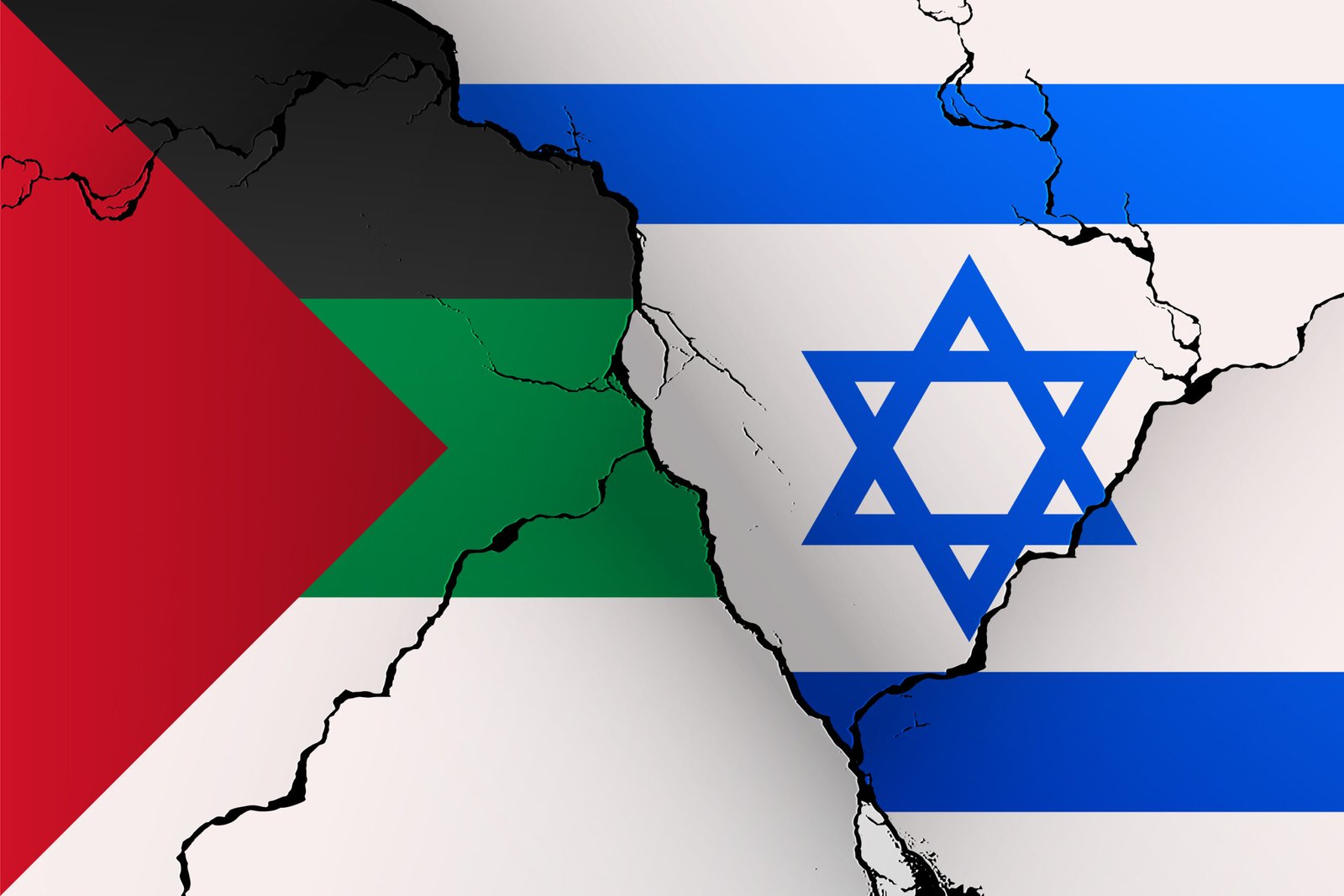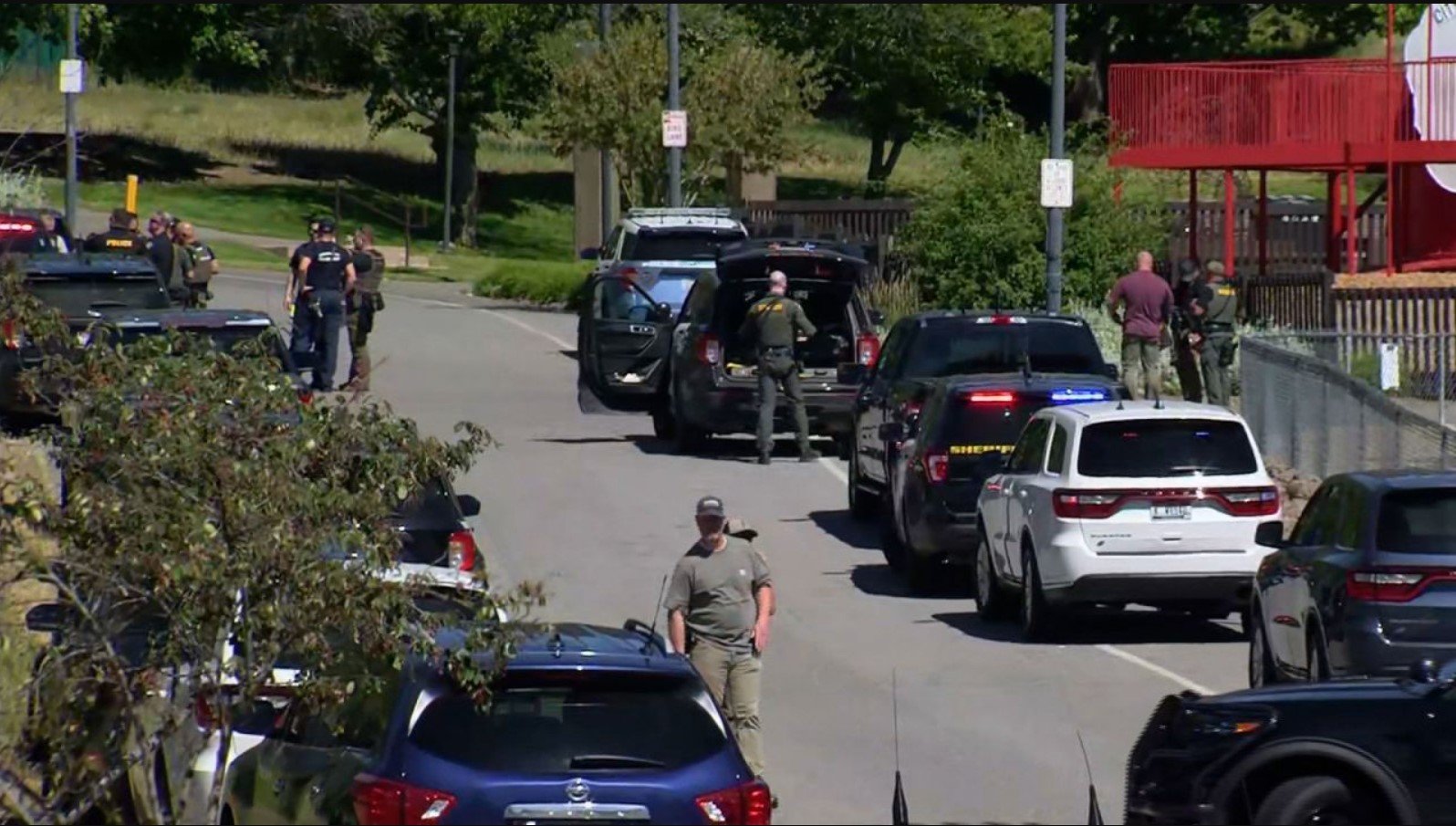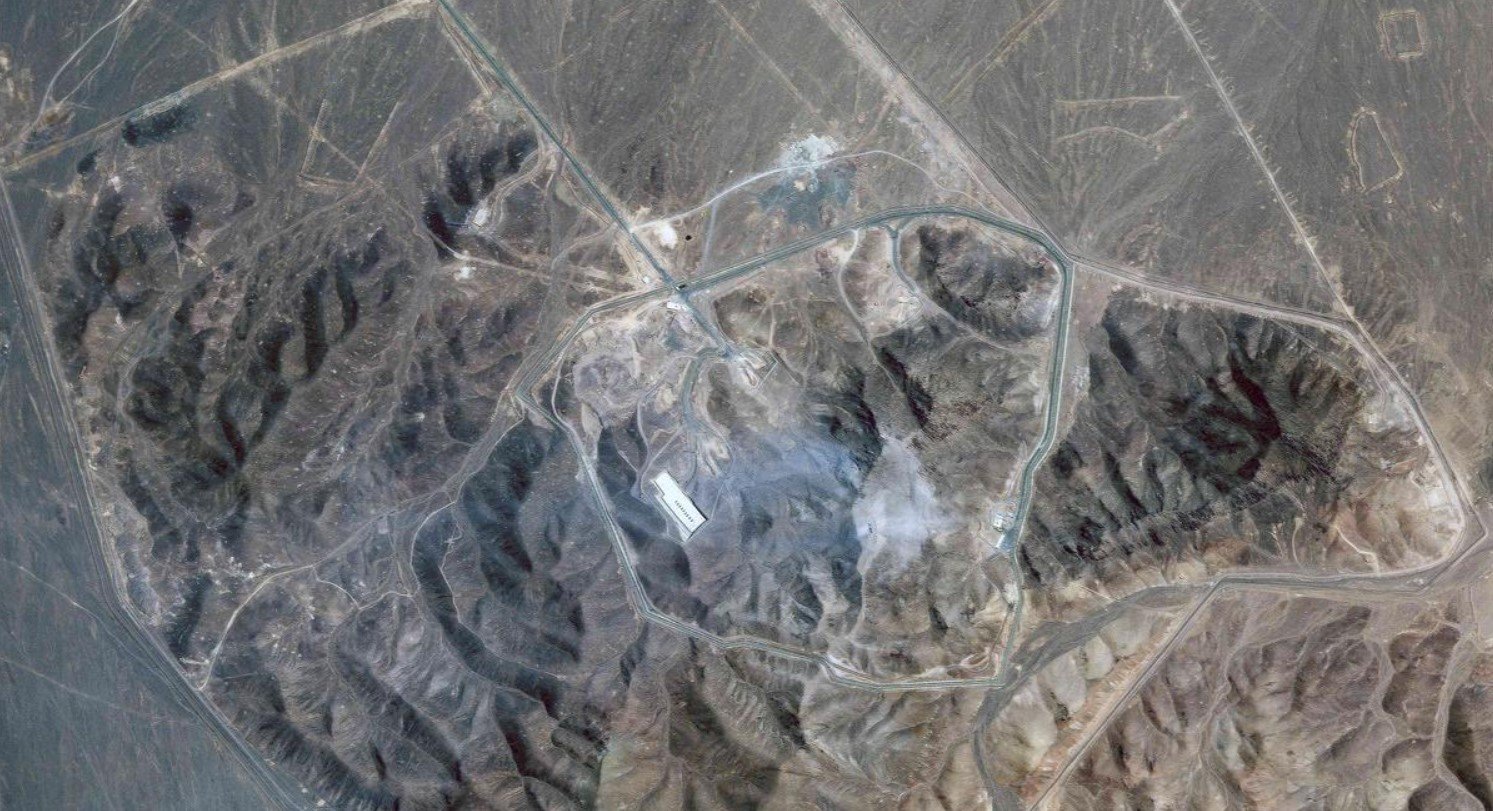
The geopolitical fault lines in the Middle East trembled once again in June 2025, as tensions between Israel and Iran erupted into one of the most direct confrontations in recent years. What started as covert operations and proxy warfare has rapidly escalated into a full-blown conflict, sending shockwaves across the international community.
This blog delves into the timeline of events, the underlying causes, the military strikes, and the global consequences of this latest episode in the long-running Israel-Iran rivalry.
Background: Years in the Making
The animosity between Israel and Iran dates back decades, rooted in ideological, religious, and strategic differences. Israel, a close ally of the United States, sees Iran’s nuclear ambitions and support for armed groups like Hezbollah, Hamas, and Islamic Jihad as an existential threat. Iran, on the other hand, considers Israel a Western outpost and has consistently supported movements opposed to its legitimacy.
For years, both countries have engaged in a shadow war — including cyberattacks, assassinations, airstrikes in Syria, and covert sabotage missions. However, the events of June 2025 mark a dangerous shift from the shadows to open confrontation.
What Triggered the Recent War?
The immediate spark came when Israel conducted a series of airstrikes on Iranian military bases and nuclear sites near cities like Fordow, Isfahan, and Natanz, citing fresh intelligence that Iran had resumed weaponization efforts at these facilities.
This came just days after Iran appointed Ali Shadmani, a key military strategist with strong ties to the IRGC, to a major defense position. Israel viewed this move as an indicator of Iran’s renewed military aggression.
In retaliation, Iran launched dozens of ballistic missiles and drone attacks at Israeli military installations and civilian infrastructure, including cities like Tel Aviv, Haifa, and Beersheba.
Timeline of the June 2025 War
Day 1: Israeli Airstrikes
- Israel launched airstrikes on Iranian nuclear facilities with U.S. intelligence support.
- Iran confirmed damage to its underground facility in Fordow.
- Iran’s Foreign Ministry declared the act as “war against the sovereignty of Iran.”
Day 2: Iranian Retaliation
- Iran responded with over 100 missiles and drones.
- The Iron Dome intercepted many, but some caused damage in Tel Aviv and claimed civilian lives.
- Hezbollah began shelling Israeli positions from southern Lebanon.
Day 3–4: Regional Escalation
- Clashes spread to Syria and Iraq, where pro-Iranian militias attacked U.S. and Israeli-linked bases.
- Israel carried out precision drone strikes in Damascus targeting IRGC operatives.
- Cyberattacks disrupted energy grids and communication systems in both countries.
Day 5: Global Reactions
- The United Nations Security Council held an emergency session.
- The U.S. called for de-escalation, though it reaffirmed Israel’s right to self-defense.
- Russia and China criticized the Israeli strikes, calling them “irresponsible provocations.”
Military Power Comparison
| Capability | Israel | Iran |
|---|---|---|
| Air Force | F-35s, F-16s, drones, advanced avionics | Older jets, drones, ballistic missiles |
| Missile Defense | Iron Dome, David’s Sling, Arrow | Limited air defense, heavy missile focus |
| Nuclear Capability | Undeclared but suspected | Denies but suspected program |
| Cyber Warfare | Highly advanced | Growing, but less sophisticated |
| Allies | U.S., Western nations | Syria, Hezbollah, Russia (diplomatic) |
While Israel holds technological and tactical superiority, Iran has massive ballistic missile capabilities and a wide network of proxy militias, which makes the conflict unpredictable.
Civilian Impact and Humanitarian Crisis
As is often the case in modern warfare, civilians are paying the highest price.
- Casualties: Over 300 deaths reported across both sides within the first week.
- Displacement: Thousands of civilians in Northern Israel and Western Iran have fled their homes.
- Infrastructure: Critical infrastructure like power plants, hospitals, and schools have been damaged in air raids.
Human rights organizations are calling for immediate ceasefire and access to humanitarian corridors.
Global Economic and Political Fallout
The war has already triggered ripple effects across the globe:
Oil Prices Soar
- Brent crude crossed $105 per barrel, prompting global economic jitters.
- Fears of further disruption in Strait of Hormuz, through which 20% of global oil flows.
Stock Markets Dip
- Stock indices in Europe and Asia witnessed sharp declines.
- Defense stocks and oil companies saw gains.
Diplomatic Realignments
- Gulf countries like Saudi Arabia and UAE are walking a diplomatic tightrope — condemning violence but wary of taking sides.
- Turkey and Qatar have called for restraint and offered to mediate.
The Role of the United States
The United States finds itself in a delicate position. While it supports Israel diplomatically and shares intelligence, it is wary of full-scale war in an already unstable region. President Biden’s administration has urged both parties to exercise restraint, fearing further American troop entanglement in the Middle East.
Will It Escalate Further?
Analysts are split:
- Some believe this is a short, sharp conflict meant to damage Iran’s nuclear infrastructure.
- Others warn that this could spiral into a wider regional war, especially if Hezbollah, Houthis, or Iraqi militias intensify their attacks.
Conclusion: A Tipping Point
The recent Israel-Iran war marks a dangerous new chapter in Middle Eastern politics. It’s no longer just a war of intelligence and proxies but an open battle between two regional powers with global consequences.
Whether this confrontation results in a strategic shift or becomes yet another tragic footnote in the region’s long history of violence depends on the actions taken in the coming weeks — not just by Tel Aviv and Tehran, but also by Washington, Moscow, and Beijing.
The world watches nervously, hoping for a ceasefire — and fearing what might come next.




